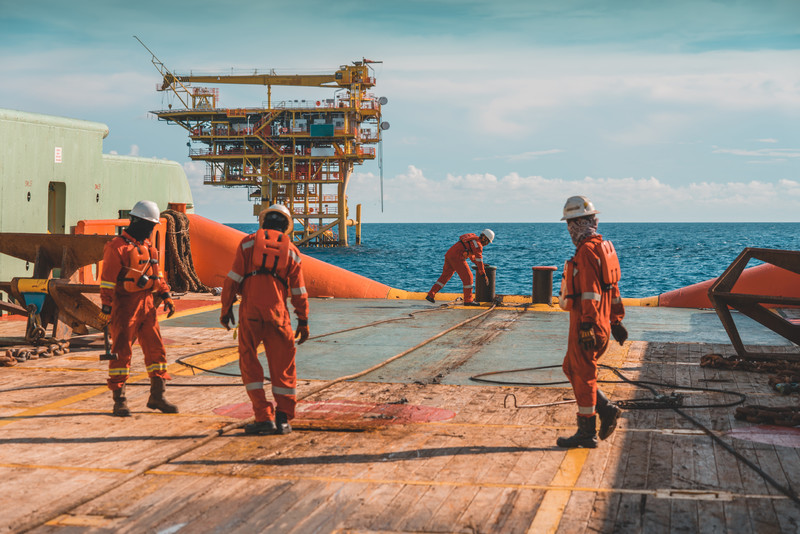Unless action is taken now to increase numbers, the world could face a shortage of merchant sailors within five years, raising risks for global supply chains, according to the Seafarer Workforce Report, published last week by Copenhagen-based owners' association BIMCO and London-based industry organization the International Chamber of Shipping (ICS). The study estimated that 1.89m seafarers were operating over 74,000 vessels in the global merchant fleet. It noted that the shipping industry was already struggling with crew shortages due to Covid-19. The Delta variant had hit parts of Asia with significant force, and this had led to many nations stopping land access for sailors. That had left captains unable to rotate crews. About 100,000 seafarers were currently stranded at sea beyond the expiration of their contracts.
The report, last published in 2015, predicted that an additional 89,510 officers would be needed by 2026, based on projections for growth in shipping trade. It said that there was currently a shortfall of about 26,240 certified officers. Growth in demand for seafarers had outpaced any growth in supply in 2021. Although there has been a 10.8% increase in the supply of officers since 2015, the current shortfall could be due to a reported increase in officers needed on board vessels, with an average of 1.4 officers required per berth. There was a particular shortage of officers with technical experience, especially at management level, and in the tanker and offshore sectors there was a reported shortage of management level deck officers.
ICS secretary-general Guy Platten said that "we are far beyond the safety net of workforce surplus that protects the world’s supply of food, fuel and medicine. Without urgent action from governments the supply of seafarers will run dry." Platten said that "countries which supply most of the world’s seafarers, such as the Philippines, Indonesia and India have limited access to COVID-19 vaccines, threatening further supply chain instability without rapid action at a national level." The report said more emphasis was needed to recruit and retain seafarers. Platten noted that according to industry surveys as few as 20% of seafarers around the world had been vaccinated against Covid-19. He urged governments to prioritize seafarers as "essential transport workers" for vaccinations.
The report found that over the past five years the industry had made progress in reducing from 8% to 6% the turnover rate among officers. Compared with estimates from the 2015 report, the average age of officers serving at management level and operational level has increased. The report observed a positive trend in gender balance, with an estimated 24,059 women serving as seafarers, up by nearly a half from 2015. That said the percentage of female STCW certified seafarers was estimated still to be just 1.28% of the global seafarer workforce. Female ratings were found predominantly in the cruise ship and passenger ferry sectors. Female officer numbers were spread more evenly across the sectors.
BIMCO Secretary General & CEO David Loosley said that “the Seafarer Workforce Report is not only a useful tool but also a necessary one when it comes to planning for the future and assuring that the backbone of world trade is sufficient in numbers and skills.” He added “The insight and data contributions from shipping companies, national maritime administrations, and maritime education and training institutions to the new report is invaluable in gaining a picture of what our industry must prepare for in the future of seafarer recruitment and retention.”
This article is kindly supplied by Insurance Marine News. If you would like a complimentary trial to the daily Insurance Marine News e-bulletin please email grant.attwell@insurancemarinenews.com.

